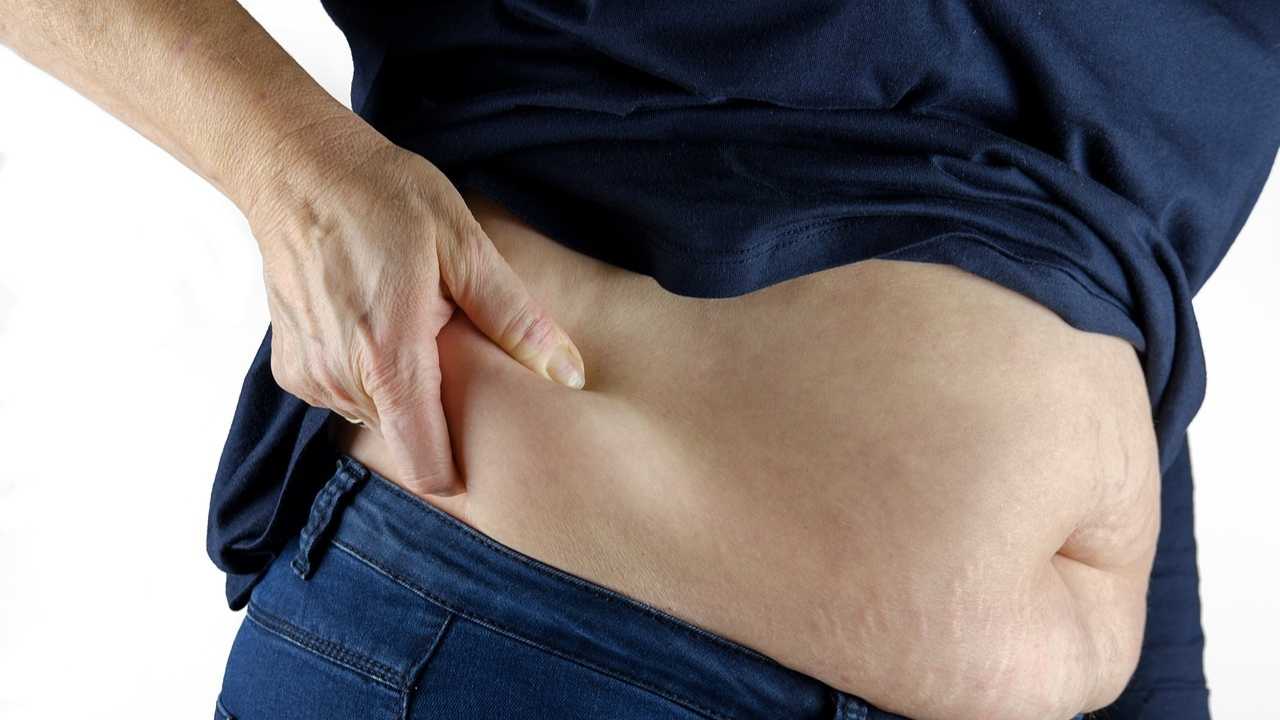
Short 20 – 30 minute naps can give you a boost in mental energy and cognitive abilities as long as they are in the early afternoon and not too close to bedtime. These are what we call power naps. Here’s why they should be short. When you sleep, you go through 4 stages: the light stages 1 and 2, a deep stage and then REM sleep. This is one cycle and called your sleep architecture. It takes about 90 minutes to go through one cycle. How long you spend in each stage varies from person to person, but on average it takes about 20 – 30 minutes to go from stage 1 down to stage 3 where you have deep sleep. So if you wake up from the light stage of sleep, you can more quickly spring back into action. If you wake up from a deeper stage of sleep, you can feel groggy and tired, like you need more sleep. So you may say, if sleeping 40 minutes makes you feel worse, then just try to push it to 2 hours then you get more sleep and you can still wake up feeling rested. Not necessarily. Sleeping too long depletes your homeostatic sleep drive. Homeostatic sleep drive defined During the day when you’re awake and thinking, your brain creates energy byproducts. These byproducts buildup over the course of the day until it reaches a tipping point to push you over into sleep. This is called your sleep drive. Some people will call it a sleep debt. So at your usual bedtime you have a number of factors that help you fall asleep. Your body clock telling you it’s bedtime, your body temperature and your sleep drive. If you think of the drive as money in a bank, when you take a nap, you spend money from the bank. With a long nap you may fall below the threshold of what you need to be driven to fall asleep. This is why when you sleep makes a big difference with how easy or hard it is to fall asleep at your usual bedtime. If you take a long nap, early in the day, you still have several hours to build your sleep drive back up. But if it’s too close to bedtime, you may need to be awake for longer to get sleepy again. Most people have experienced this and it makes sense, but this is the explanation for it. Sleeping takes away from your sleep drive. The best time to take it is in the early afternoon around 2-3pm. This gives you a chance to recover your sleep drive and it also helps you with the natural dip in alertness you may feel in the afternoon. The usual pattern with your body clock is that you have a dip in energy and alertness in the early afternoon. We associate this with eating a heavy lunch and that may make it worse, but even aside from what you eat, you can still feel slowed down or even a little drowsy in the early afternoon. You can address this by overriding the trigger to sleep by taking a walk or doing some other form of brief exercise. Or you could take a power nap. You may need to set an alarm to keep yourself from sleeping too long. If you take a thirty minute nap in the evening, it may not be enough to keep you from going to bed at your regular time, but it may alter your sleep architecture for the rest of the night. I mentioned that you go through these different stages in 90-minute cycles and have about 4 -6 of these cycles. The normal sleep architecture is to spend more time in deep sleep in the first couple of cycles, then as the night progresses you spend more time in the lighter stages and REM, also known as dream sleep. So what this looks like is you spend the first half of your night sleeping deeper and the second half of the night sleeping lighter and getting more and more ready to wake up. So if you nap in the evening, even if you’re still able to go back to sleep, you can change this normal sleep pattern in a way that results in less deep sleep OR deep sleep that’s extends too long into your allotted sleep time and then you have a hard time waking up. So the moral of the story here is that napping can be thought of as plugging in your brain for a quick recharge in the middle of the day when you have a natural dip in your energy and mental functioning. If you decide to use naps to give yourself an afternoon boost, make sure to limit them to 20 – 30 minutes AND early in the afternoon. Want to know more about mental health and self-improvement? On this channel I discuss topics such as bipolar disorder, major depression, anxiety disorders, attention deficit disorder (ADHD), relationships and personal development/self-improvement. I upload weekly. If you don’t want to miss a video, click here to subscribe. https://goo.gl/DFfT33 Disclaimer: All of the information on this channel is for educational purposes and not intended to be specific/personal medical advice from me to you. Watching the videos or getting answers to comments/question, does not establish a doctor-patient relationship. If you have your own doctor, perhaps these videos can help prepare you for your discussion with your doctor.
By: Dr. Tracey Marks
Title: How and When to Nap and Not Nap
Sourced From: www.youtube.com/watch?v=Nnm_fyZHjFU

No comments:
Post a Comment